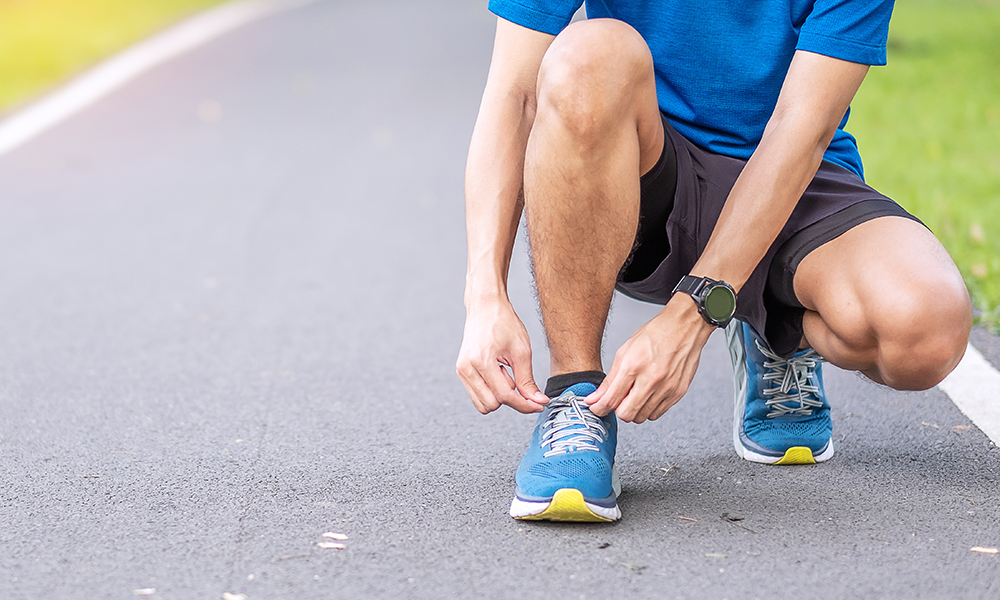 Covid-19 has taken so much from us. If you were among the unfortunate to contract it, recovery can be a challenge. And if you are an athlete or active person who caught it, you should be patient and cautious when getting back to those workouts.
Covid-19 has taken so much from us. If you were among the unfortunate to contract it, recovery can be a challenge. And if you are an athlete or active person who caught it, you should be patient and cautious when getting back to those workouts.
Obviously, you should wait until the virus has cleared your system before restarting any active exercise regimen. You should spend your time resting for at least 10 days (no training) while isolating yourself from others to help prevent spread. Also, you should drink plenty of fluids to remain hydrated and eat a healthy diet (even if you lost your sense of smell and taste). You also should contact your healthcare provider to get advice about your return to physical exertion - especially if your case was moderate or severe.
Any return to physical activity should be gradual, and only after symptoms have subsided and you test negative. Once that happens, here are some tips going forward:
Reset Your Goals
For athletes, it might take two or three weeks to return to your previous physical condition, especially if you had a fever while battling the virus. Your body is weaker, and you are going to feel sluggish and not always motivated to take on a tougher workout. You should reset your expectations and timetable. If you had planned to run a 10k race in two weeks, skip it and register for one in the following month or two.
Walk First, Then Run
A brisk walk - 20 or 30 minutes with your heart rate in zone 1 - is an ideal way to get started. It's a great way to gauge whether you’re ready to resume exercising. You undoubtedly will feel tired and weaker than usual. Take the next day off and let your body go back to recovery mode. Just add some light stretching to keep your body active.
Follow the 50% Rule
As you progress to a light run, time on the elliptical or lap swim, experts suggest doing about 50% of your usual volume. For your first cardio workouts after Covid, go for shorter runs, rides, swims or other cardio activities. If you usually spend 30 minutes on the elliptical, start with a 15-minute session.
Manage Your Heart
If you are an athlete, you should have a conversation with your doctor about having tests to evaluate your cardiac health - such as an electrocardiogram or heart scan - and blood work. Early research has raised some concerns about the development of myocarditis (heart inflammation) in people who had the Covid virus. The Cleveland Clinic reports cases of swelling in the heart muscle of people - even athletes - who had moderate or severe cases.
Stage Your RTP
Athletes and active people also should follow a process similar to returning after an injury - a progressive process called Return to Play (RTP). This involves a staging of workouts guided by a certified trainer or coach to protect yourself.
When you do return to workouts, you should immediately stop if you notice any of these symptoms and contact your healthcare provider:
- Chest pain or heart palpitations.
- Nauseous.
- Headache.
- High heart rate is not proportional to exertion level or prolonged heart rate recovery.
- Feeling lightheaded or dizzy.
- Shortness of breath, difficulty catching breath or abnormal, rapid breathing.
- Excessive level of fatigue.
- Swelling in the extremities
- Syncope (passing out).
- Experiencing tunnel vision or loss of vision.
Most importantly, you should be patient with your return to workouts and stop for 24 to 48 hours if you experience any abnormal symptoms before returning to exercise.
